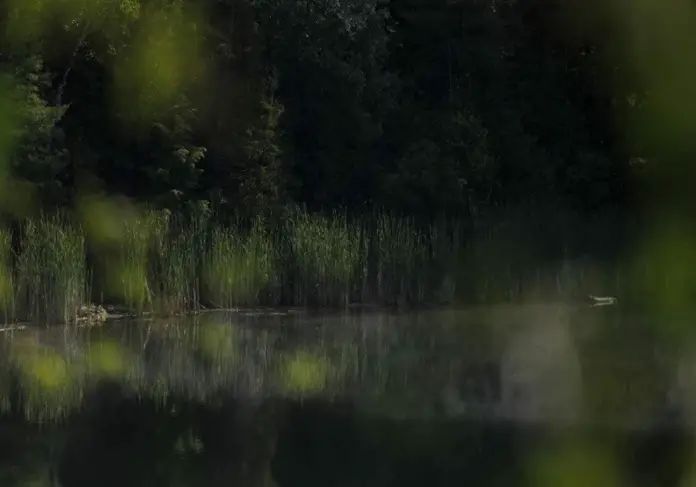Scientists have identified a new geologic epoch called the Anthropocene, which began between 1950 and 1954. This epoch marks the significant impact of human activities such as fossil fuel burning, nuclear weapon testing, and pollution on Earth. Crawford Lake near Toronto, Canada, has been proposed as a historic marker for this epoch due to its well-preserved sediment layers that document human-induced changes. The Anthropocene Working Group aims to determine the specific start date of the Anthropocene by analyzing plutonium levels in the lake. The proposal still requires approval from multiple geology groups and could be finalized at a conference next year.
The concept of the Anthropocene was first introduced by Nobel Prize-winning chemist Paul Crutzen over 20 years ago, and since then, scientists have been debating its validity and characteristics. Crawford Lake was selected as the commemorative site among 11 contenders due to the clear evidence of human impact found in its sediment layers, including nuclear fallout, pollution, and rising temperatures.
The Anthropocene represents humanity’s power and arrogance, as it highlights our ability to transform the environment while underestimating the consequences and lacking the capacity to change course effectively. Geologists classify time in various categories, and the proposed Anthropocene Epoch would follow the Holocene Epoch, which began approximately 11,700 years ago.
Although the proposed Anthropocene will not be classified as a larger time measurement like a period, it may eventually lead to changes in the current Quaternary Period if the permanent ice on Earth’s poles continues to disappear due to climate change.
Approval from different geology groups is still required for the Anthropocene proposal, and its potential consequences, particularly disruptive climate change, must be addressed to prevent a tragic outcome.







